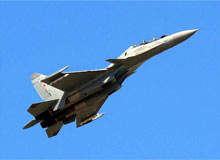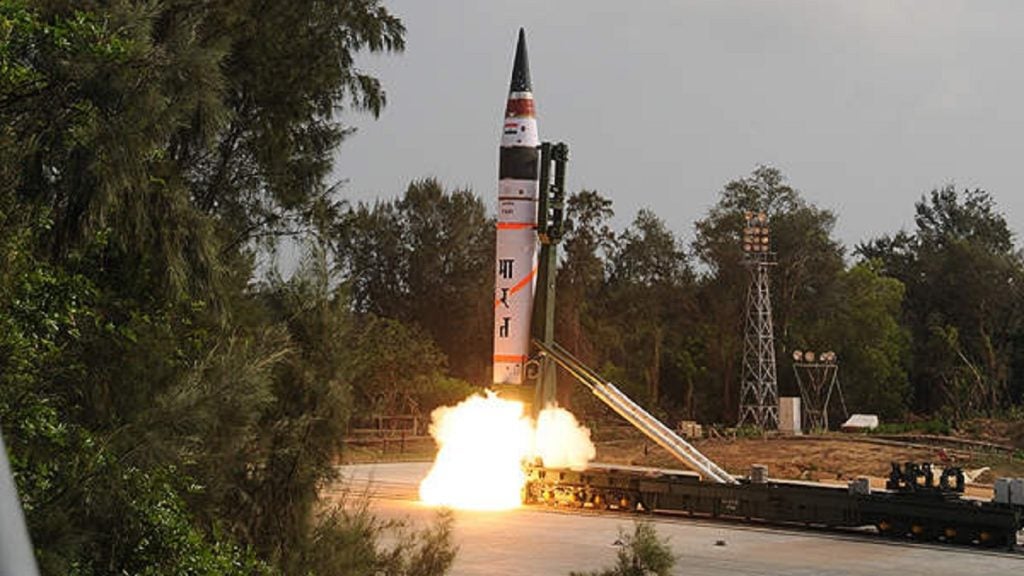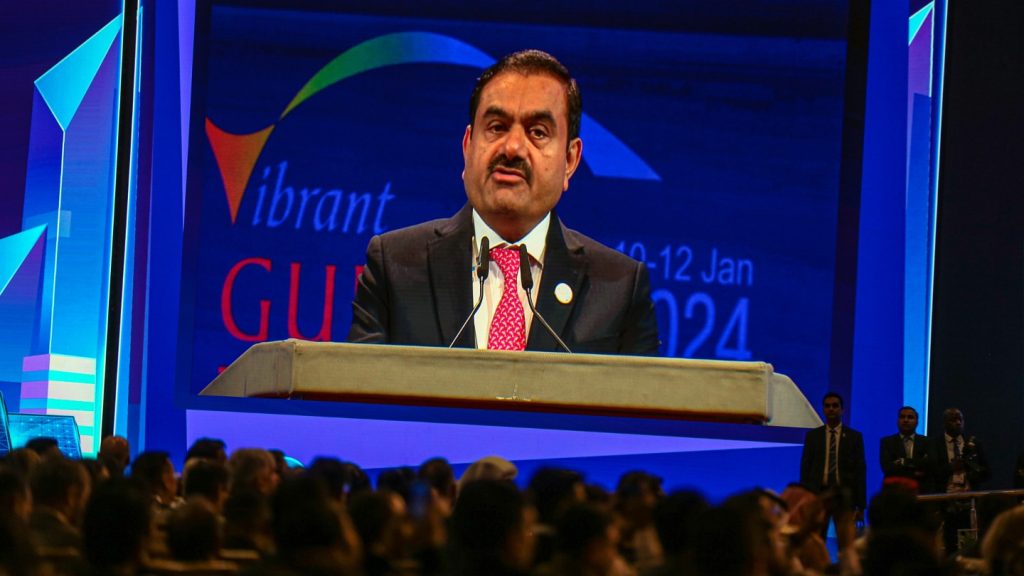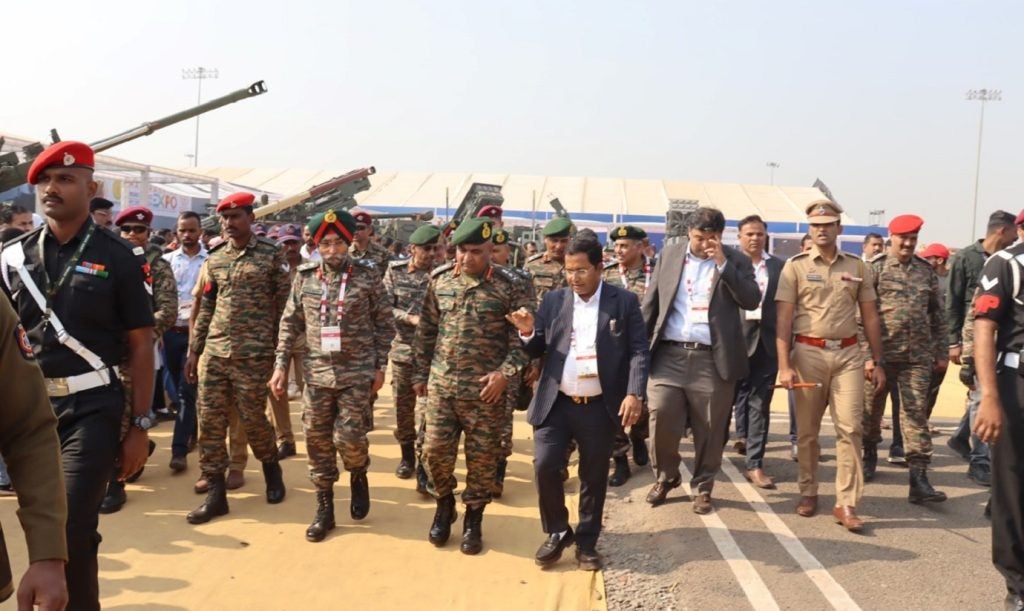
In April 2007, new Indian Air Force (IAF) boss, air chief marshal Fali Major, pitched up at his first press conference and announced that his new charges were preparing to take on the world.
“We are already a regional air force to reckon with,” he told the world’s media. “My aim is to acquire a global status as fast as we can. A credible, meaner and more potent air force shall be our endeavour.”
In May, an IAF MiG-21 fighter crashed into mountains in Kashmir, killing both pilots. It was the sixth IAF plane crash of 2007 and the ninth MiG to fall from the sky of its own accord since 2004. When you factor in the statistic that between 1991 and 2003 more than 270 MiGs crashed and 100 pilots were killed, yet MiG-21s still make up 70% of IAF’s combat fleet, it’s easy to see why India is frantically trying to modernise its air force.
India in 2007 is a vastly different place to the India of 1963, when the MiGs were first commissioned by the IAF. Modern India needs an air force capable of defending its borders against terrorists, countering the nuclear threat of potential aggressors and helping to fulfil its growing role as a world food donor and provider of international aid.
The question is can it pull it off?
See Also:
FROM OLD TO NEW
How well do you really know your competitors?
Access the most comprehensive Company Profiles on the market, powered by GlobalData. Save hours of research. Gain competitive edge.

Thank you!
Your download email will arrive shortly
Not ready to buy yet? Download a free sample
We are confident about the unique quality of our Company Profiles. However, we want you to make the most beneficial decision for your business, so we offer a free sample that you can download by submitting the below form
By GlobalDataThe IAF has evolved from its humble beginnings in October 1931, when it consisted of six officers, five pilots and four Westland Wapiti biplanes, into the fourth largest air force in the world. It has done this through a gradual process of evolution, modernisation and learning from engagement in conflict.
The first period of modernisation came in the mid-60s. Some pilots were forced into flying the obsolete Vampire FBMk 52 during the war with Pakistan, triggering an urgent upgrading process during which MiG 21s were acquired, ready-to-fly, so that nine squadrons were re-equipped between 1966 and 1969.
That was nothing compared to the modernisation campaign of the late 1970s, during which time obsolete equipment was replaced by 20 new aircraft types and sub-types between 1978 and 1988. The updating process included adding various strike fighters, third-generation supersonic interceptors, tri-sonic reconnaissance aircraft, strategic heavy lift transports, medium tactical transports, light transport aircraft, heavy lift and medium-assault helicopters, basic trainers, surface-to-air missiles and an array of sophisticated weaponry to the IAF’s arsenal.
The IAF’s gradual modernisation process suffered a blow at the beginning of the 90s as the collapse of the Soviet Union, coupled with India’s own economic difficulties, meant various upgrade programmes were shelved. However, by 1997 India was in a position to put together its first Air Power Doctrine (APD), based on a combination of lessons learned from studying allied air forces in the Gulf War and the fact that the IAF was India’s only nuclear deterrent.
The main points of the APD were that India should place as much emphasis on offensive air operations as air defence, accept a reduction in force levels compensated by an increase in technology levels and emphasise the need to acquire force multipliers. This was a major turning point in the evolution of the IAF, as it represented a modernisation in the thinking and strategy behind the force. It began utilising force multipliers such as in-flight refuelling, AWACS and using UAVs for reconnaissance. The foundations for the current modernisation programme had been laid.
HOME-GROWN ASSETS
India’s equipment and thinking has evolved and modernised over the years but what could put the IAF on the global map is the fact that it is operating much more smartly in terms of utilising home-grown assets. Hindustan Aeronautics Limited has a long history of developing aircraft and upgrade materials for the IAF dating back to 1951, when the first Indian-designed and developed plane (HT-2) took to the skies. HAL continues to work on strengthening the IAF’s catalogue of equipment and is currently in charge of developing the new Tejas fleet.
In addition to this, India has strategically turned supplier-buyer relationships into co-development partnerships with Israel and Russia, ensuring that technology and expertise is flooding into the country. It has also written technology transfer into the contract for the MMRCA, to ensure that a situation like that in the early 90s, when the collapse of the Soviet Union seriously damaged the IAF’s modernisation plans, won’t happen again.
The IAF is currently undertaking a slew of projects to modernise itself in line with its status as the world’s fourth largest air force. These include upgrading the existing fleet and buying new aircraft, attaining greater efficiency out of IAF staff, developing a military satellite and exploring military options in space.
supplier-buyer relationships into co-development partnerships with Israel and Russia.”
UPGRADING THE AIR FLEET
The MiG fighters may be accident prone but it would be wrong to think the IAF fleet was lacking in capability.
The Sukhoi Su-30MKI is capable of mid-air refuelling, the Mirage 2000-H is the IAF’s prime ground-attack fighter and the twin engine Jaguar IB has the capacity to carry nuclear weapons. As part of the upgrading process, the IAF is ordering more planes that are already being flown successfully like the BAE Hawk and the Sukhoi Su-30, as well as working to develop some entirely new ones.
TEJAS TACTICAL FIGHTER AND THE MMRCA
One such project is the Tejas, the smallest lightweight, multi-role, single-engine tactical fighter aircraft in the world, which is being developed in India by the Aeronautical Development Agency (ADA) and built by Hindustan Aeronautic Limited (HAL).
Limited series production of the Tejas began this year. It is currently projected to achieve limited initial operational clearance with the IAF by 2008, followed by full operational clearance (FOC) by the end of 2010.
The IAF has also put out a request for proposals to six manufacturers for a medium multi-role combat aircraft (MMRCA). Six aircraft are currently in the running for the £4.5bn contract: the US F-16 and F-18 Super Hornet, the Swedish Gripen, the French Rafale, the Russian MiG-35 and a European consortium’s Eurofighter.
However, whoever wins the right to build the 126 planes will not provide a quick fix to India’s problem of an aging attack fleet. The request for purchase (RFP) was finally given the go-ahead in June 2007, after a six-year deliberation, but with tendering and negotiation expected to take two-and-a-half years and construction a further two-and-a-half years, the IAF will not see its new jets until approximately 2013.
WORLDWIDE MILITARY RELATIONSHIPS
From the MiGs of 1963 to the modern day Mi-17 helicopters, India has traditionally bought a lot of its air arsenal from Russia.
However, the relationship changed in early 2007 when it was announced that the two countries would co-develop a multi-role transport aircraft (MTA) and were still in talks about co-developing the PAK FA (Perspektivnyi Aviatsionnyi Kompleks Frontovoi Aviatsyi) fifth-generation combat jet. The two countries have also agreed to the licensed production in India of the RD-33 engines that power the IAF’s frontline MiG-29 fighters.
India’s second largest defence supplier is Israel. Since 1999 India has bought UAVs and electronic warfare systems for MiG aircraft, technology for the Barak missile, Phalcon radar for the Indian AWACS programme and the advanced Green Pine radar for India’s home grown air defence programme from Israel.
However, in July it emerged that India had again managed to turn a supplier-buyer relationship into a co-development arrangement when it was announced that India and Israel would be jointly developing an advanced version of the Barak ship defence system for the IAF. Indian Defence Ministry sources said Israeli partners had agreed to transfer all technologies and manufacturing capabilities relevant to the co-development programme.
The new land-based air defence system will feature a range of 150km, more than double that of the supersonic, vertically launched Barak-8, or BarakNG (new generation) currently being developed for the Indian Navy. It is expected to be ready for use in 2011.
HIGH-TECH PERSONNEL SELECTION
Since the late 1980s, the IAF has been aware that the increased costs of maintaining a modern and effective air force would necessitate the need for a reduction in force levels. Consequently, the need to derive a greater efficiency from the workforce they do have has increased. And, with the IAF’s emphasis on high-tech equipment, it is imperative that they choose the best personnel.
The latest development in this field is the computerised pilot selection system (CPSS), which will allow the IAF to select only the candidates whose psycho-motor skills, information processing skills (speed and accuracy), coordination, visualisation, concentration, attention and time-sharing capability are best suited to being a pilot.
“It is important to look for a new paradigm in pilot selection system to select future combat pilots,” says Dr Selvamurthy, the chief controller at DRDO, who developed the CPSS. “It is also very important to choose the right candidate for flying, as one cannot afford to have too many rejections in the expensive flying training.”
MILITARY SATELLITE
India will become one of the first countries in the world to possess a dedicated military satellite when it launches CARTOSAT-2A at the end of the year. The satellite will carry an advanced synthetic aperture radar (SAR) and a digital camera with a resolution of less than 1m.
The launch of the military satellite is being undertaken in tandem with the IAF’s plan to set up an integrated air command, control and communication system. The plan involves the linking the new Phalcon advanced warning and control system (AWACS), aerostat balloon radars and low-level transportable radars of the IAF with the dedicated military satellite to form a comprehensive reconnaissance and defence system.
In January 2007 the then IAF air chief marshal SP Tyagi announced that India would be establishing an aerospace command, which would look to exploit outer space as an area of military advantage. The command’s assets would include satellites, radars, communications systems, fighter aircraft and helicopters, keeping in mind diverse needs such as communications, reconnaissance and battlefield damage assessment.
ADVANCED WEAPONS SYSTEMS
India sees advanced weapons systems as key to its defence policy. It’s are the first country to be involved in international cooperation for the development of advanced weapons systems, having worked in partnership with Russia on the BrahMos cruise missile, named after the Indian Brahmaputra and Russian Moskova rivers.
The Indian army and navy are already using the missile, and an air-launched version is currently under development for the IAF.
WHAT DOES THE FUTURE HOLD?
Although it doesn’t currently have the equipment, plans are in place to ensure that India has an air force of global importance within the next 20 years.
India’s President, APJ Kalam, was certainly bullish about the IAF’s future when he addressed the air force’s president’s fleet review in March 2007.
“I visualise the Indian Air Force of 2025 to be based on our scientific and technological competence in the development of communications satellites, high-precision resource mapping satellites, missile systems, unmanned super-sonic aerial vehicles and electronics and communication systems,” he said.
“This capability will enable the air force to succeed in the electronically controlled warfare in the midst of space encounters, deep-sea encounters, and ballistic missiles encounters. By 2025, the Indian Air Force will be a model force for the rest of the world to emulate.”







